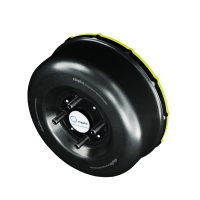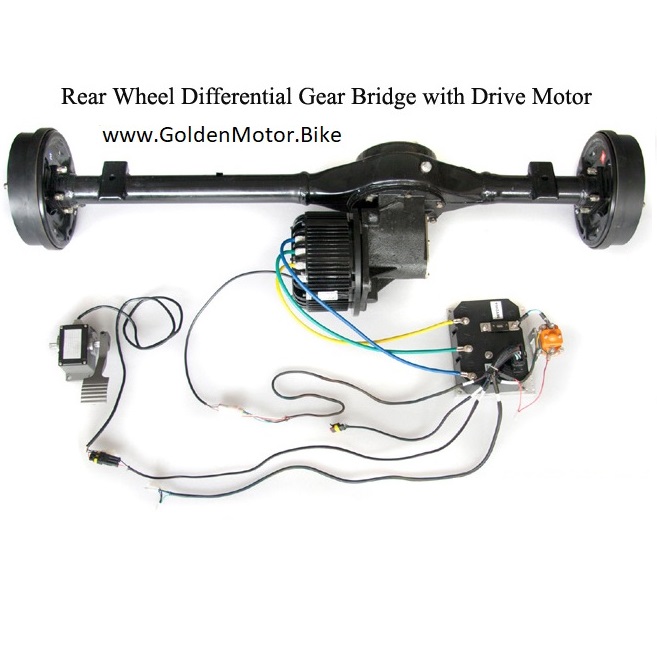I was looking at possible use of hub motors to put in the rear of a front drive thermal car to make some kind of hybrid.
Using both energy to take off at a red light, use electric around town and run on gas for the highway.
What's a "thermal car"? The only direct reference I found online in a quick google search uses the phrase but does not explain it even by implication or context.
If it is a specific model / brand of car, knowing which one you have will help us help you find a specific solution.
Qs motors seem to have 12kw nominal hub held by a single shaft that could make a somewhat easy install.
QSMotors is one of a number of companies that make hubmotors for cars that could bolt to the existing spindle mounts or have the spindle mounts adapted to do so. Some examples
Our Electric Car Hub Motor, Electric Car Wheel Motor, Electric Wheel Motor For Car, Brushless Dc Electric Car Hub Motor are popular all over the world with high quality.
www.cnqsmotor.com

in-wheel.com

www.directindustry.com
Etc.
You'd need to know the specifics of your vehicle's design to determine which option is easiest to setup for it and/or best suited to it.
You'll also need to know how much power it will take to do the job you want it to do. You can use various simulators and calculators around the web to guesstimate that, given the specifics of your job and your driving conditions.
I wonder what would happen to a bldc motor if you pull it with the thermal engine at higher speed than it is made for.
Assuming the bearing and rotor can handle that speed, what would happen electrically when we go above the kv RPM ?
Let say for exemple: the hub spec claim it can reach 100-120kmh with a standard 17inch tire but if the ice engine bring it up to 140-145kmh, what would happen ?
A motor is also always a generator. The reason it will only spin up to a certain speed at a certain battery voltage is that the BEMF (generated voltage from spinning) reaches the same as the voltage from the controller, so no more current flows. (simplified, it's more complicated than that)
So if the motor, under the voltage you will run it at, can only reach a certain speed, and you then go over that speed by whatever means, the generated voltage (BEMF) is now higher than the controller's voltage, and the controller's FETs will uncontrollably act as a three-phase rectifier*** and begin feeding current back into the battery (uncontrollably charging it even if it is already full****), which creates drag in the motor and braking action on the vehicle. This also creates significant heat as in *** below.
***If the BEMF is higher voltage than the FETs can handle, they'll fail, usually failing shorted and suddenly braking the motor, causing significant heat in the motor, it's phase wires, the FETs, etc., which can quickly damage more things, and probably vaporize the FETs (which removes the short and releases the braking action and stops the heat), destroying the controller.
****If the battery has a BMS that is capable of detecting this condition, and disconnecting the battery from the controller under HVC conditions while charging is occuring, then it will protect the battery, but then the voltage on the controller FETs will spike way beyond what it had been as the load is removed by current flow ceasing, and then the above *** scenario will probably occur even if it hadn't been a problem before disconnect.
So I'd recommend ensuring your electric system can achieve the same speeds as any other system, and any downhill runs you have, might potentially achieve.
If you can't do that, I'd recommend setting up a system (contactors, etc) to shutdown the controller and disconnect the phase wires of the motor from the controller before you attempt to acclerate beyond the limits of the electric system.



